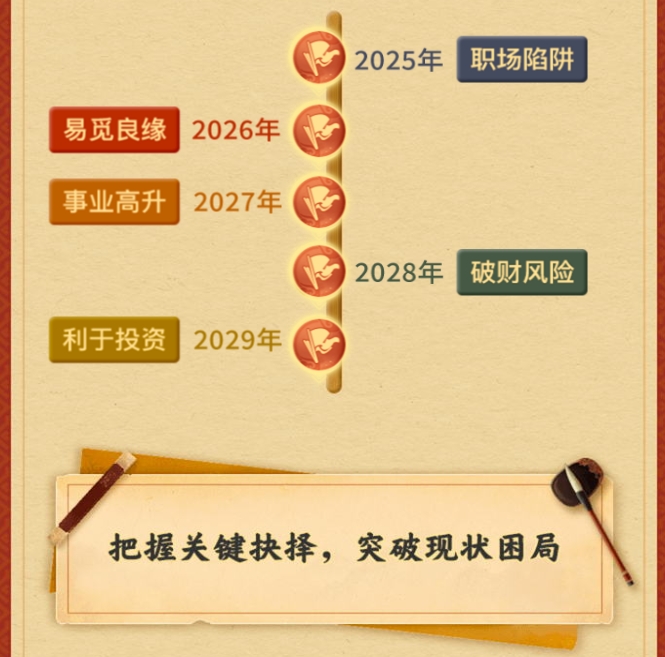What Special Day Is September 22 in English, Why Does It Matter Globally, How to Celebrate It
September 22 holds unique importance across multiple domains, from environmental awareness to linguistic celebrations. One of the most prominent observances is World Car-Free Day, an initiative promoting sustainable transportation. Historians note this date coincides with autumnal equinox in the Northern Hemisphere, marking astronomical transitions. The United Nations has recognized several September 22 events, including Elephant Appreciation Day, highlighting conservation efforts. Cultural anthropologists emphasize how this date bridges seasonal changes with human traditions worldwide.
Initiated in 2000, World Car-Free Day transforms urban landscapes every September 22. Cities from Paris to Jakarta participate by closing streets to vehicles, demonstrating how reduced emissions improve air quality. Studies show participating cities experience:
The movement challenges conventional transportation models, encouraging bicycle infrastructure development. Urban planners particularly value this annual experiment in sustainable city design.
Wildlife organizations leverage September 22 to spotlight elephant conservation crises. Poaching statistics reveal alarming trends:
Zoological societies host educational programs detailing elephants' ecological roles as keystone species. The day mobilizes funding for anti-poaching units and habitat preservation across Africa and Asia.
Several countries observe September 22 as English Language Day, honoring linguistic diversity. The date commemorates semantic evolution from Old English to modern global lingua franca. Academic institutions highlight:
Language schools organize etymology workshops, tracing how September 22 events influence contemporary English usage.
When September 22 aligns with the astronomical equinox, it marks precise solar equality between hemispheres. Ancient cultures built monuments like Stonehenge to track this celestial event. Modern astronomers emphasize:

This natural phenomenon intersects with cultural traditions from Japanese Higan to European harvest festivals.
The table below contrasts major September 22 events by scope and participation:
This comparative view reveals how one calendar date unites diverse global initiatives through shared awareness-raising strategies.
Individuals can meaningfully observe September 22 through these actionable activities:
Local communities often combine these elements into integrated celebration festivals that address multiple September 22 themes simultaneously.
Schools and universities transform September 22 into multidisciplinary learning opportunities. Sample curricula include:

These academic approaches help students understand the date's interconnected significance across scientific and social disciplines.
Forward-thinking businesses align September 22 with corporate social responsibility initiatives. Notable examples include:
Such engagements demonstrate how private sector actors can amplify September 22's impact through strategic partnerships.
Analysis of September 22 media attention reveals evolving reporting trends:
This shift reflects growing public understanding of the date's multidimensional significance.
Delving into archives uncovers surprising historical connections between September 22 events. Medieval manuscripts reference autumnal traditions coinciding with modern conservation dates. Transportation historians trace car-free concepts to 1950s European protests. Linguistic researchers note September 22 appears in early English language standardization documents. These historical threads demonstrate how contemporary observances organically evolved from centuries-old practices.
September 22 provides unique research conditions for various scientific fields. Atmospheric scientists gather crucial air quality data during car-free initiatives. Zoologists track elephant migration patterns with increased September 22 monitoring. Linguists analyze English dialect variations during global celebrations. The synchronized nature of these events creates unparalleled interdisciplinary research potential that academic journals increasingly highlight in autumn publications.

Geographic analysis reveals fascinating regional adaptations of September 22 themes. Scandinavian countries emphasize bicycle infrastructure during car-free events. African nations focus on community-based elephant conservation programs. Southeast Asian universities host English poetry slams. These localized interpretations maintain core principles while respecting cultural contexts, as documented in ethnographic studies of September 22 observances worldwide.
September 22 frequently serves as policy testing ground for environmental and conservation measures. Several European cities implemented permanent low-emission zones after successful car-free trials. Multiple countries strengthened ivory bans following September 22 awareness campaigns. Language preservation laws have been drafted during English Language Day symposiums. Policymakers increasingly view this date as strategic timing for announcing sustainability-focused legislation with built-in public engagement.
The tech industry capitalizes on September 22 to demonstrate sustainable innovations. Recent years have seen launches of:
Tech expos scheduled around this date attract investors interested in solutions addressing September 22's core themes, creating unexpected synergies between technology and tradition.
Having participated in various September 22 events across continents, the date's unifying power becomes undeniable. From helping biologists collar elephants in Kenya to joining midnight poetry readings in London, these experiences reveal how a single calendar date can simultaneously address environmental, cultural and scientific priorities. The collective energy generated worldwide every September 22 offers hopeful models for addressing other global challenges through coordinated, joyful action.